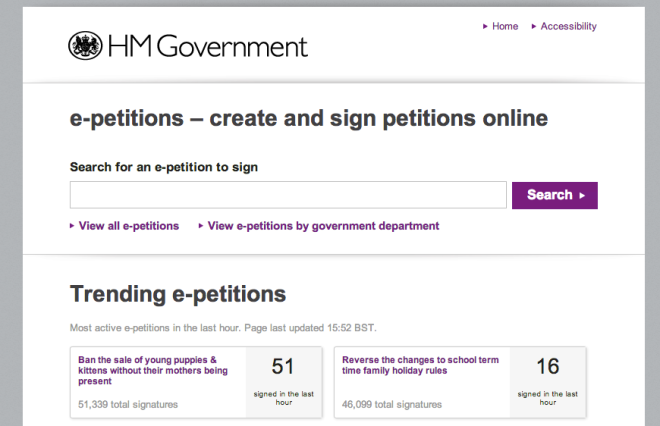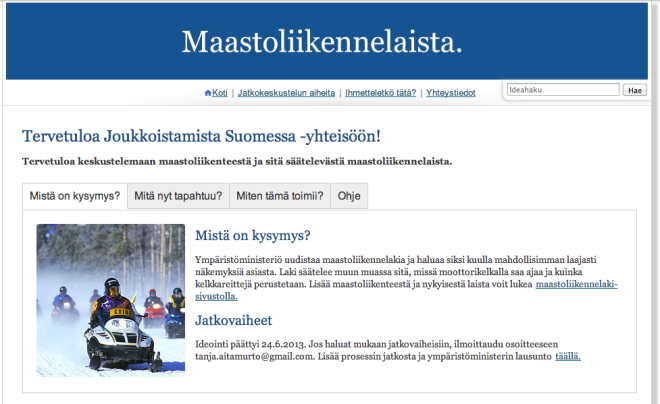Few movies have captured the imagination of scholars as well as 12 Angry Men, where a jury composed of 12 men has to deliberate on the fate of a Puerto Rican accused of murder. For instance, when I researched the literature about the movie a few years back, I found out that on the 50th anniversary of the movie, an entire edition of the Chicago-Kent Law Review was dedicated to the movie. In its opening article, Law Professor Nancy Marder explains why:
“The movie was, and remains, an anomaly in the annals of jury movies. Whereas most movies with a jury show the jurors a silent, brooding presence whose main job is to observe on the jurors and their deliberations (…). The jurors in 12 Angry Men are the focus of the movie, and they are a loud, active bunch of men whose deliberations are fraught with conflict. Indeed, the dynamic of this group deliberation constitutes the drama of this movie.”
I couldn’t agree more with Professor Marder. But it is not just the dimension of the jury, as a trial institution, that has led the movie to captivate so many scholars. A number of academics interested in group dynamics, deliberation and collective intelligence often use the movie as a reference when illustrating the peculiarities of deliberative processes. Cass Sunstein, for instance, wrote an article [PDF] looking at the issue of group polarization, arguing why – in accordance with his take on the issue – the movie seems to defy the logics of deliberation. Conversely, Hélène Landemore [PDF], building on previous work by Scott Page, uses 12 Angry Men to highlight how diversity enables groups to reach a better decision.
But I will not go into too much detail because, if you haven’t watched the movie yet (starring Henry Fonda as Juror #8), it is a must see.







